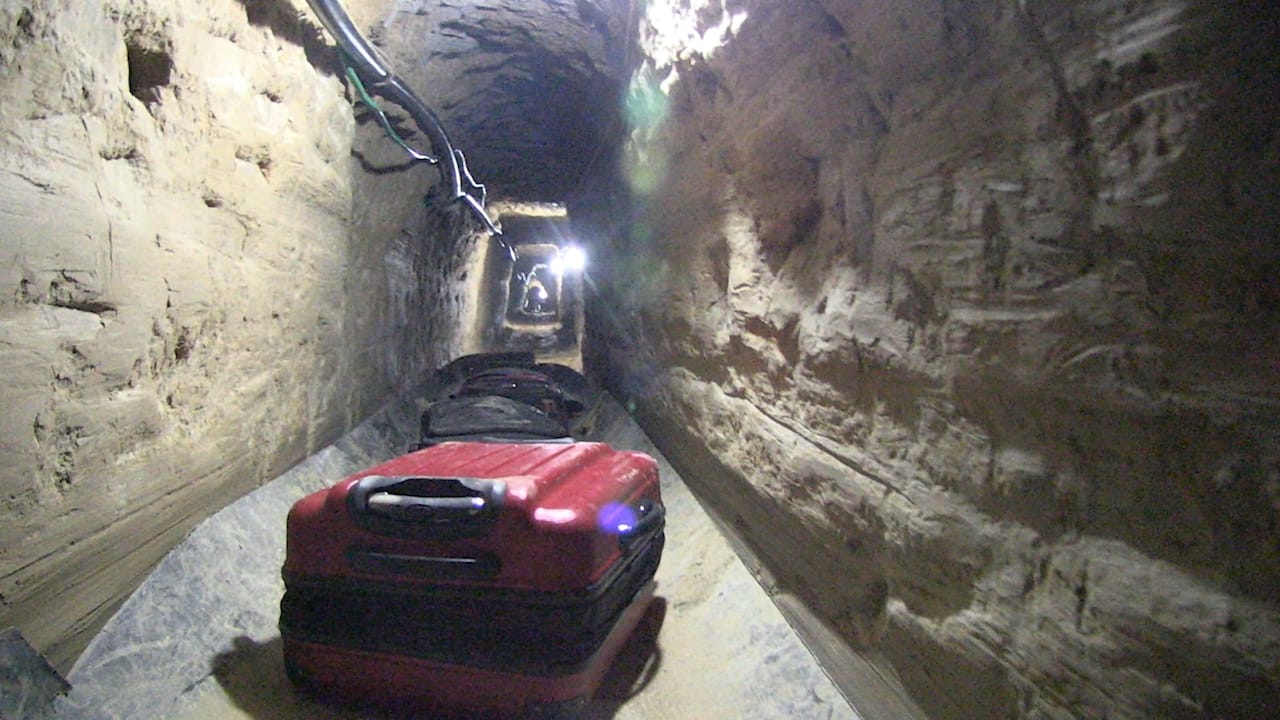
Gaza Tunnel 2013
Two million stateless Palestinians remain trapped in a piece of land that in 1948 came to be known as “The Gaza Strip.” Having no citizenship or recognizable state has left the population isolated and subject to Israeli occupation policies since 1967, including a militarily enforced closure of all land, sea, and air passages, turning the Gaza Strip into what many people consider the world’s largest open air prison. This left them no option but to burrow underground, leading to a tunnel phenomenon that at one point–roughly from 2006 to 2013–became the lungs through which Gaza breathed. What began as a simple trial-and-error venture became a highly sophisticated industry enabling the passage of people and goods, thus circumventing the imposed borders and closures. Tunnels more generally, from Gaza to the Cu Chi district of Vietnam to the US-Mexican border and so on, have proven that the subterranean eludes even the most advanced modern states. For the underground is where state borders, surveillance, and modern warfare technologies reach their limits, thus creating new possibilities for those excluded from recognized forms of citizenship. It seems those who have sovereignty of the underground are those mostly intimately connected to the terrain itself.
Hadeel Assali
Hadeel Assali is a PhD Candidate in the Department of Anthropology, Columbia University.